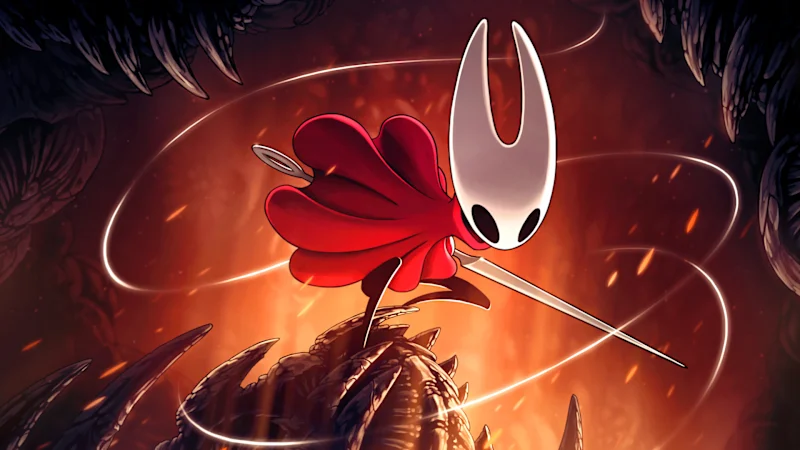Copyright brisbanetimes

Game Worlds, the current interactive exhibition at the Australian Centre for the Moving Image in Melbourne, is arranged more or less chronologically as you move through. And curiously, despite the onward march of technology and complexity, there’s a sense of things coming full circle when you arrive at the end with an area dedicated to this year’s Australian-made indie hit Hollow Knight: Silksong. Alongside terminals running the new game are displayed notebooks filled with art and technical notes, as well as diagrams and documents describing character movement, enemy behaviour and map layout. Produced by the three-person Team Cherry from Adelaide, the documents are not dissimilar to those shown alongside 1982’s The Hobbit at the other end of the exhibition, also made by a small Australian team (Melbourne’s Beam Software). A major difference, aside from the style of game, is that The Hobbit was made in a time before commercial video games were really an industry at all, and a large majority of games could be considered indie. Today, video games generate an estimated global revenue of around $600 billion per year, and for decades, the industry was shepherded by huge companies and closely guarded console architectures. Yet while corporations may still dominate, artful games made by tiny teams again have a real impact which they lacked in the early 2000s; analysts estimate Silksong sold 6 million units in just four weeks. ACMI director and chief executive Seb Chan said that across the roughly 50 years of commercial video games, the medium has always been expanding. But that the first 20 and most recent 10 years have been characterised by more individual expression.



